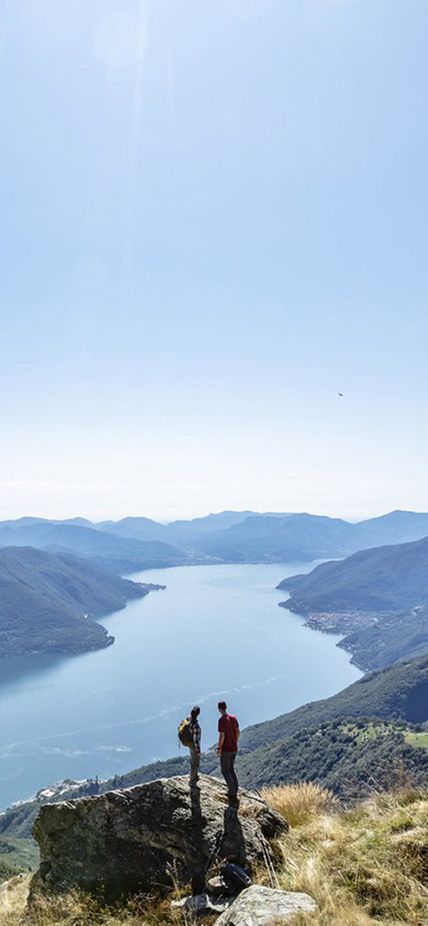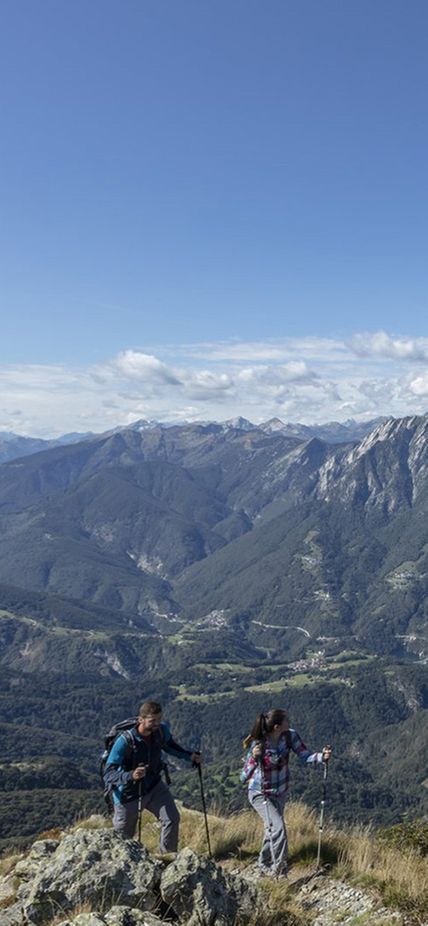We humans are made to live outdoors, to walk, to breathe, to observe the world around us and replenish our energy by being out in the sun. The green of nature, the mountains, the gentle breeze – when we're out walking, we return to nature, to relaxation, to peace.
Have you ever wondered why the paths are in good condition, where the safety chains or waymarking signs come from? In other words, what needs to be done before people can walk on an official footpath? The aim is to reach a mountain hut or to access an alp with cattle. The list of public authorities, landowners and administrative bodies that have to be consulted to create a new path is long.
In the Ascona-Locarno destination a team of 20 people taking care of the maintenance, around half of whom are seasonally employed. The most important aspect? A well-practiced organisation in which everyone relies on everyone else.
In spring, when the snow melts, remedial work on the footpaths has to be done. The damage caused by snow and frost has to be assessed and repaired during the first inspection. The work in spring consists of clearing leaves and broken branches, as well as clearing the paths of earth slips and avalanches that have occurred during the winter. The grass is mowed between May and August. If it rains a lot in spring, the vegetation grows disproportionately fast and the paths are soon overgrown. Building work typically takes place in autumn: the region's mild climate and the cleared paths make it possible to carry out the larger tasks.
Plan your stay
Our chatbot is currently in Beta. Please avoid entering any personal or sensitive data. The provided responses may not always be fully accurate, so we recommend verifying the information received.


